
Ludwigsforstadt-Isarforstadt is a city district (district) number 2 in Munich.
District of Munich-Isarvorstadt located on the West side of the river Isar and on the North side adjoins to the Central area of Munich - Altstadt-Lehel, which runs the main tourist life of the city.
Today's Ludwigsvorstadt district-Isarvorstadt was established in 1992 by the merger of Ludwigsvorstadt district with three areas of Isarvorstadt. Street Lindwurmstrasse (Lindwurmstraße) is the separation of the two former districts.
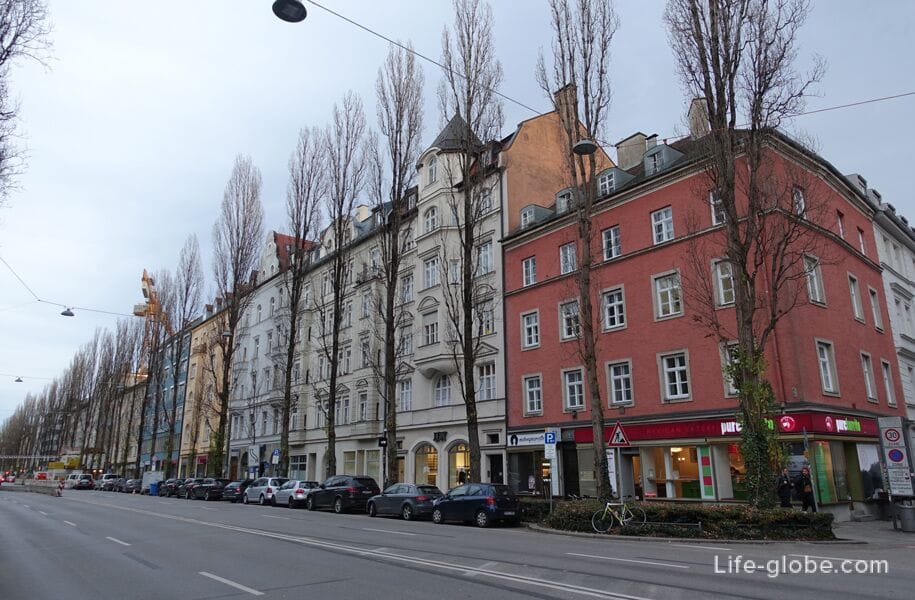
In the North-Western edge of the district Ludwigsvorstadt-Isarvorstadt the train and bus stations.
On the "Station square" is a shopping arcade "Karstadt" (Department store) - former Department store "Tietz", built between 1904 and 1905 by Munich architect max Littmann with elements of the German Renaissance.
Address of the shopping gallery: Bahnhofplatz, 7. Website shopping gallery: galeria.de.

Near the Charles square (Karlsplatz / Sendlinger tor), Bayerstrasse on the street (Bayerstrasse) is a complex of commercial buildings "Mathäser" with a cinema.
In the heart of Munich-Isarvorstadt is the Theresienwiese (Theresienwiese / Oktoberfest), which is the largest in Munich, the venue for the celebrations and festivals, including:
one of the most famous and the world's largest folk festival (beer festival) - Oktoberfest that is held annually in the second mid of September to beginning of October;
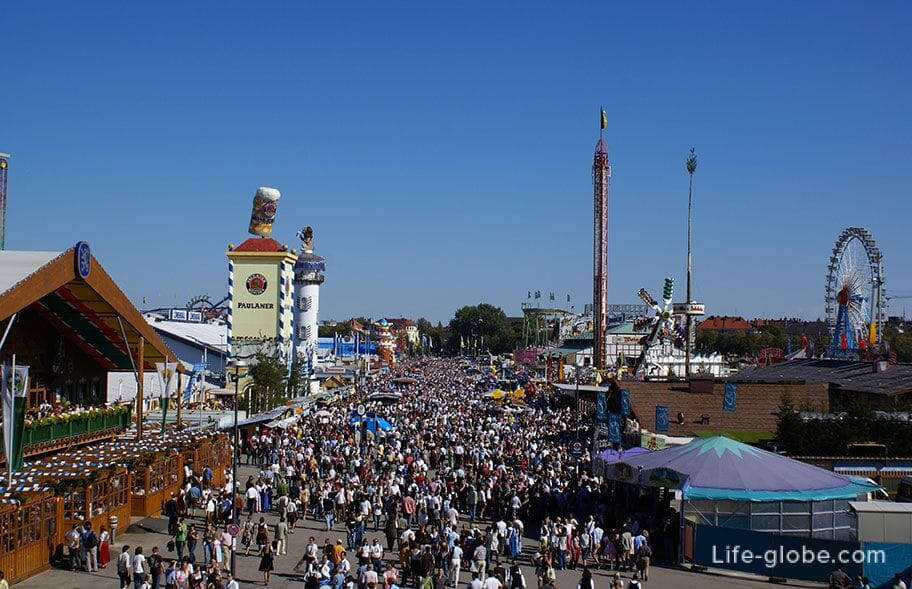
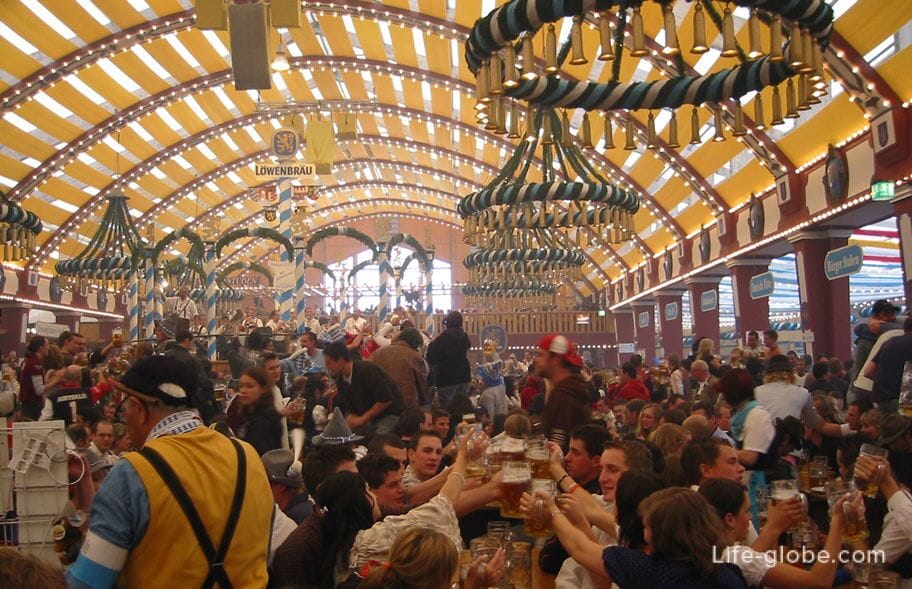
in winter (December), ahead of the Christmas and New year in the Theresienwiese festival "Tollwood", which includes a Christmas market and cultural events until the New year;
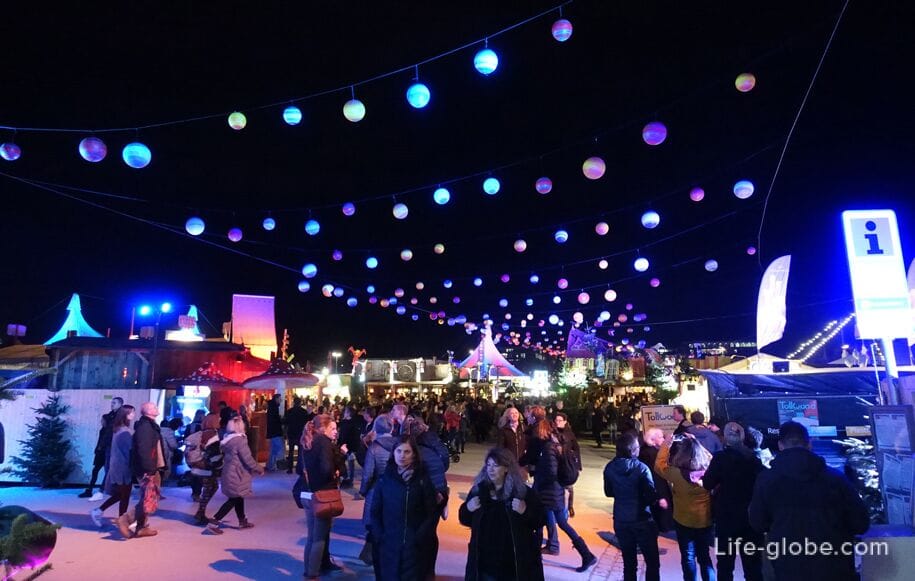
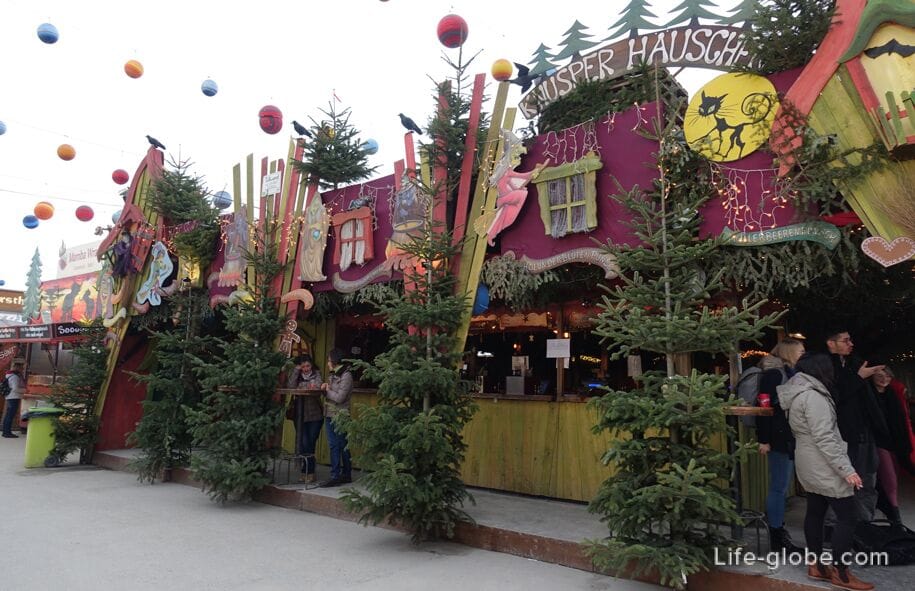
in mid - April for two weeks Theresienwiese fills the spring festival (Münchner Frühlingsfest), also known as "little Oktoberfest".
At the festival: two beer tents two Breweries - Augustiner-bräu, and Paulaner, attractions and shows. Read more about Teresa's Meadow...
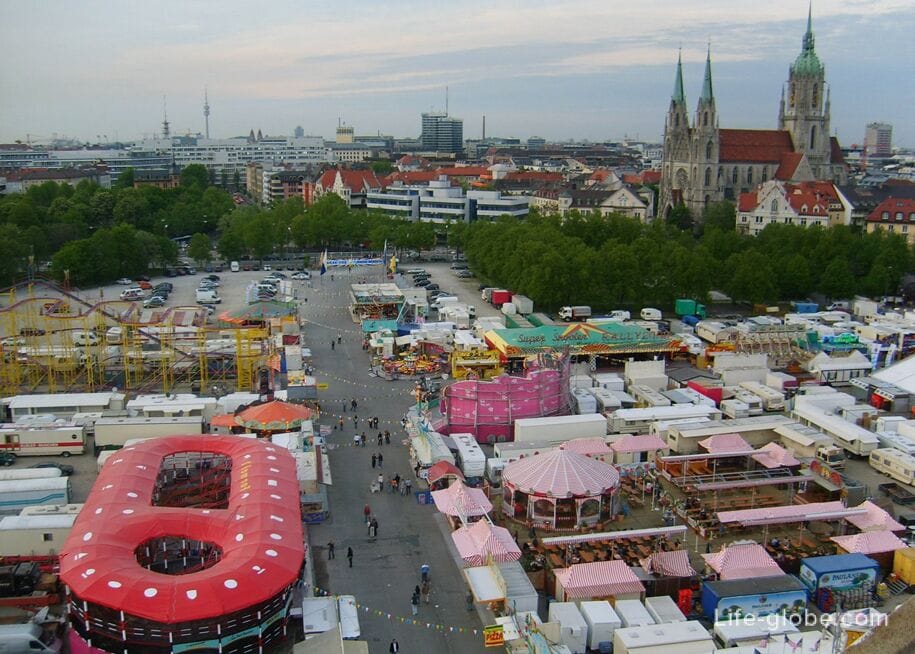
Near Theresienwiese, at the address: Theresienhoehe, 16 (Theresienhöhe 16) notable statue of Bavaria and hall of fame.
Statue of Bavaria - a monumental bronze statue, which in the female form embodies the Bavarian region - his power and glory. The statue was commissioned by king Ludwig I of Bavaria and made from 1844 to 1850.
Internal spiral staircase, located in Bavaria, leads to the platform at the head of the statue, where through small openings overlooking the Theresienwiese and the surrounding area.
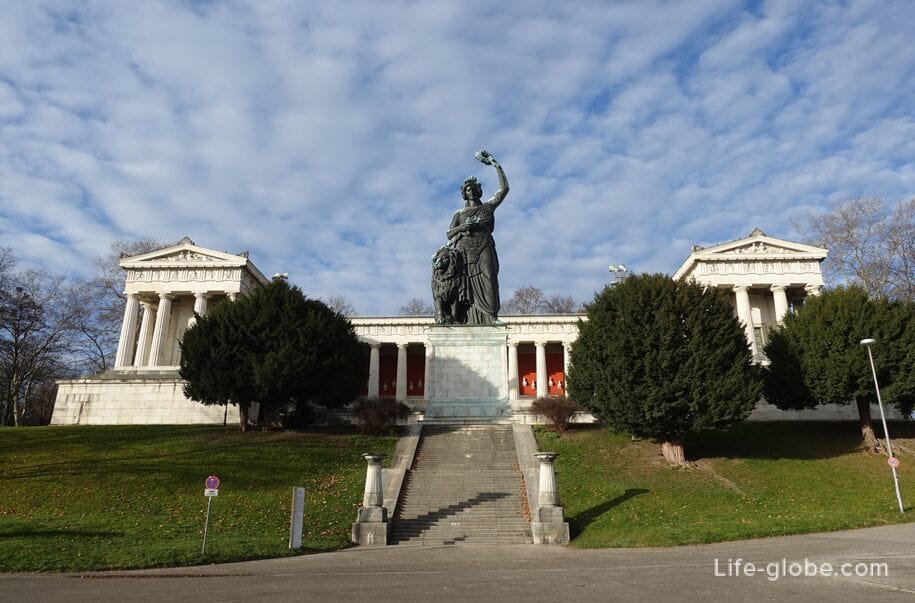
Hall of fame (Ruhmeshalle Bavaria mit) - a monumental structure which, like the statue of "Bavaria", was commissioned by king Ludwig I of Bavaria and built in the period from 1843 to 1853 by the architect Leo von Klenze.
The purpose of the construction was to honor the memory and glory of the great men of Bavaria.
Hall of fame is located behind the statue of Bavaria and is a gallery with busts of famous Bavarians of the past centuries. Read more about statue of Bavaria and Hall of fame...

Round square Gaertner (Gärtnerplatz / am gärtnerplatz) was built around 1860 as the main square of Isarvorstadt project the German garden architect max Bulb and is named after the German architect Friedrich von Gaertner.
In 1865 in the southern part of the square was built the theatre am gärtnerplatz (Staatstheater am Gärtnerplatz) in the late classical style, which still forms the appearance of the square.
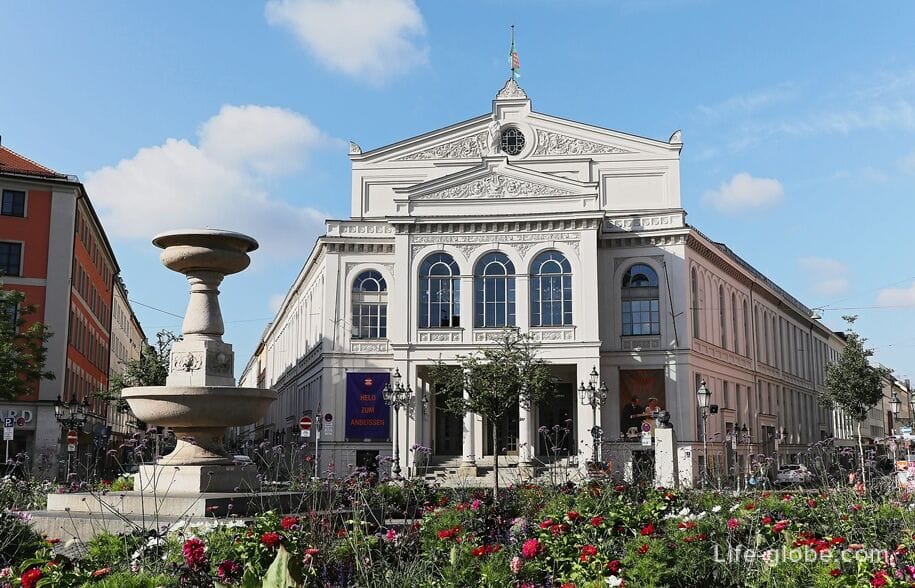
In the center of the square Gaertner are: the fountain "Shenbrunn" (Schalenbrunnen), a monument to the architect Leo von Klenze (1784-1864), was, beds, and places to stay.
The buildings around the square are commercial premises, cafes and restaurants.
Today, the area Gertner with a Mediterranean touch is the heart of the trendy quarter of Munich.
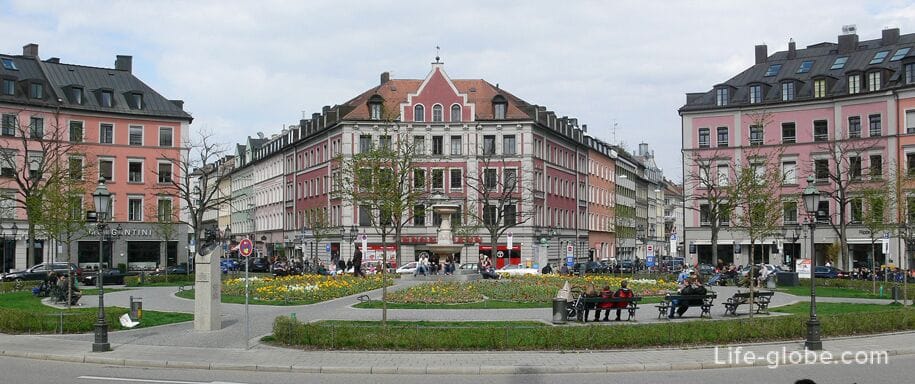
On the North side of the district Ludwigsvorstadt-Isarvorstadt, near Sendlinger tor gate (Sendlinger Tor), leading to the historic old town of Munich, lies a small area of the gate Sendlinger tor (Sendlinger-Tor-Platz).
The center of the square decorated with a fountain.
Around the area is remarkable: the cinema Filmtheater Sendlinger Tor, which has more than 100 years (founded in 1913) and the Evangelical Church of St. Matthew (Lutheran Church of St. Matthew).

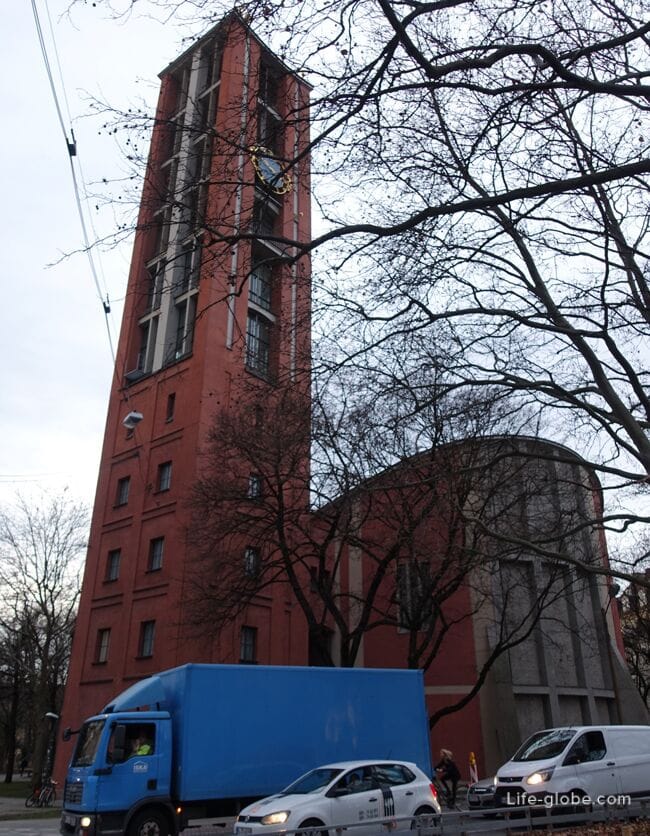
Building "Bayerpost" (Locarno) was built in the style of the Italian high Renaissance, between 1896 and 1900 by architect Wilhelm Fischer, as a representative building of the Bavarian post offices near main railway station.
Today, the reconstructed building is a 5-star hotel Sofitel Munich Bayerpost with free Wi-Fi, a restaurant, bar, Spa centre with indoor pool, sauna and modern well-equipped room. Room rates may include Breakfast. Link to the hotel
The address of the building: Bayerstrasse, 12.
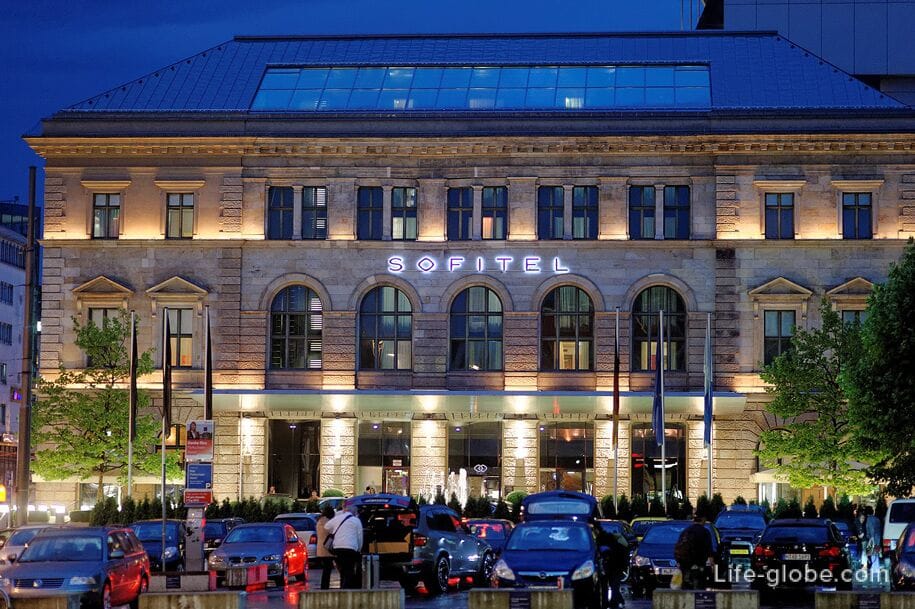
St. Paul's Church (Kirche St. Paul), also called the Paulskirche (Paulskirche) Catholic Church, built between 1892 and 1906 in neo-Gothic style. The Paulskirche became the first parish Church in the district Ludwigsvorstadt.
Special attention to the Church are attracted by the high main tower of the Church, which soars towards heaven on 97 meters.
The main hall of the Church is quite simple and freely divided by volume columns with an arched ceiling and three naves. The Church has a pulpit and organ, was established in 1977 by William Steberl.
In the upper part of the main tower of the Church is a circular observation deck, which offers views of the Theresienwiese, Munich and the surrounding area. The facility is open for visitors during the Oktoberfest.
Address of Church: St.-Pauls-Platz 11. Read more about St. Paul's Church...
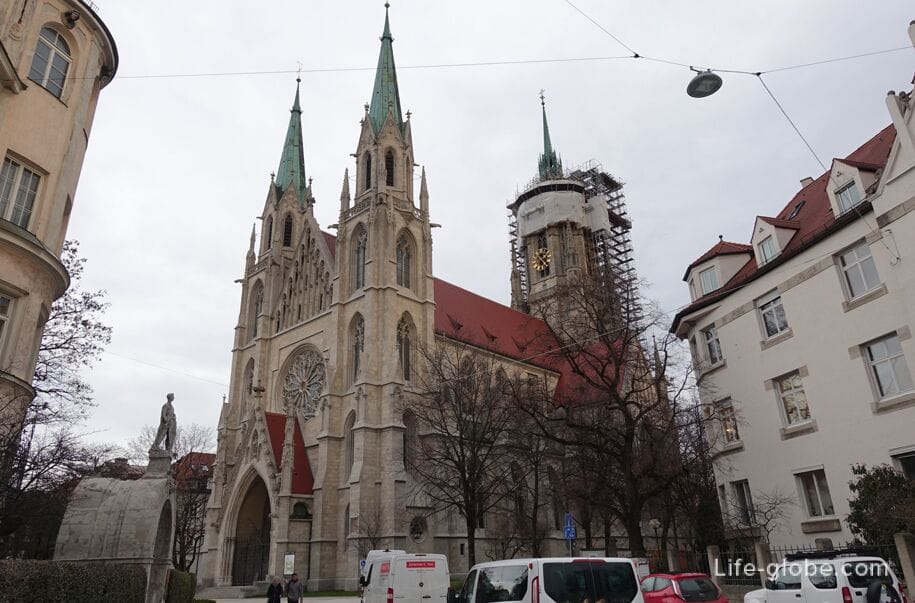
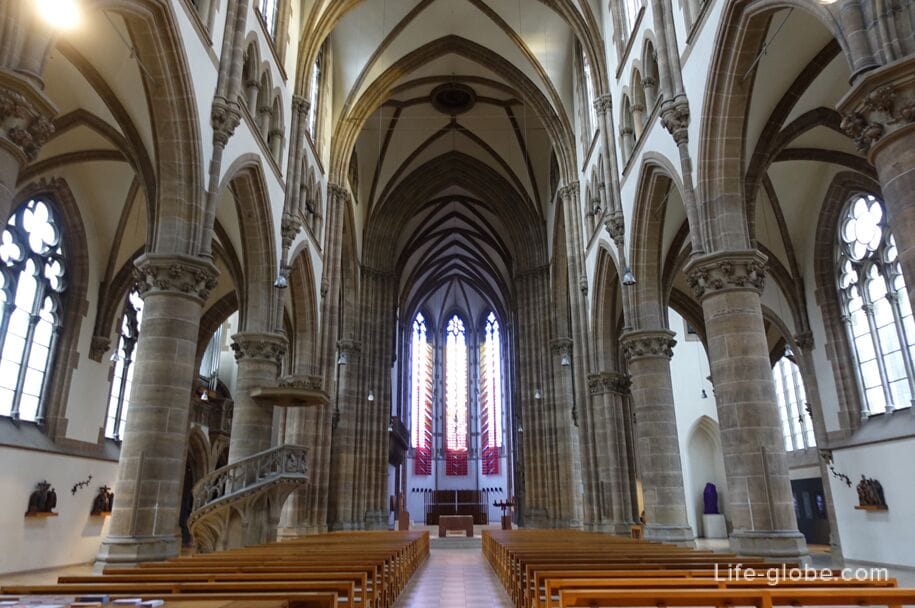
Church of St. Maximilian (Katholisches Pfarramt St. Maximilian, Maximilianskirche / Maximilianstra) - the Roman Catholic parish Church, built from 1892 to 1908 in the Romanesque style. The Church became the first parish Church of the district Isarvorstadt.
Today the Church is visible from afar thanks to two high towers, the roof of which (the tower helmets) are visually reminiscent of the crown and by which the Church stands out against the surrounding buildings.
The address of the Church: Daytimers, 4 (Deutingerstraße). Read more about St. Maximilian...
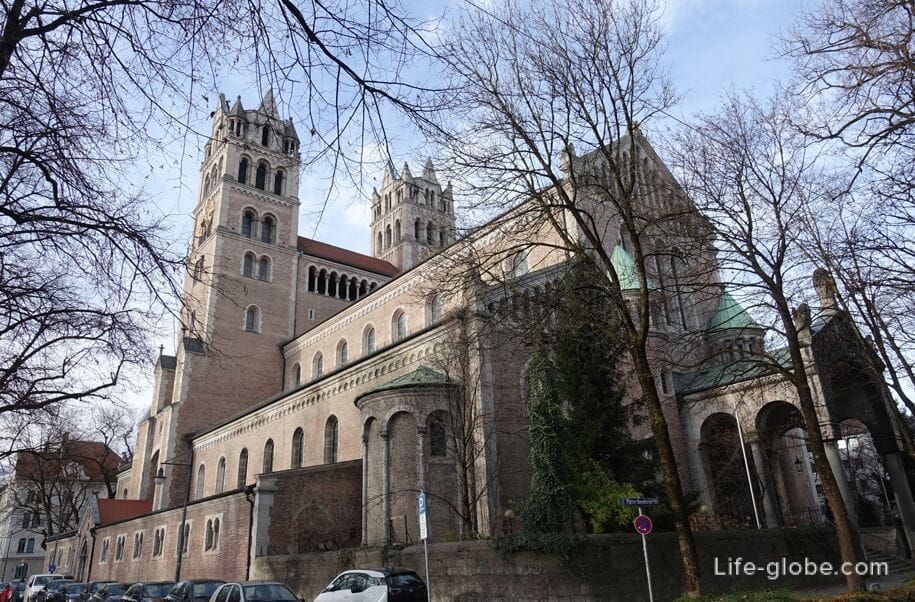
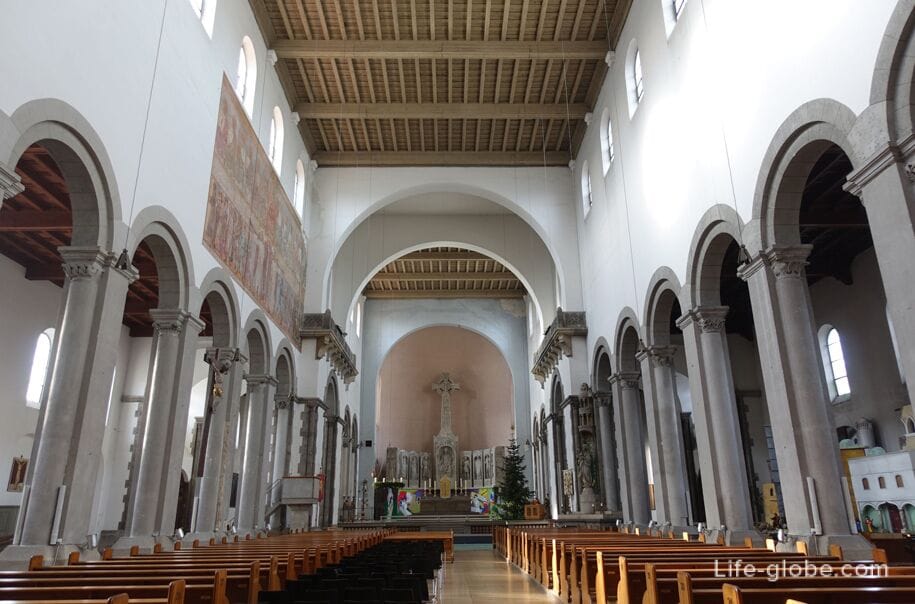
St. Elisabeth Church (Kirche St. Elisabeth) served as a hospital Church Elisabethinen.
The construction of the Church was probably begun in 1758. The Church was built at the end of the era of Rococo style with features of early classic influence.
The Church was destroyed in world war II and then renovated in a simpler form. The main altar Joseph Geringer (1776) on the project of Ignaz günther was reconstructed in 1947 in a simplified form.
The facade of the little Church are decorated with pilasters.
The address of the Church: Mathildenstrasse, 10 (Mathildenstraße).
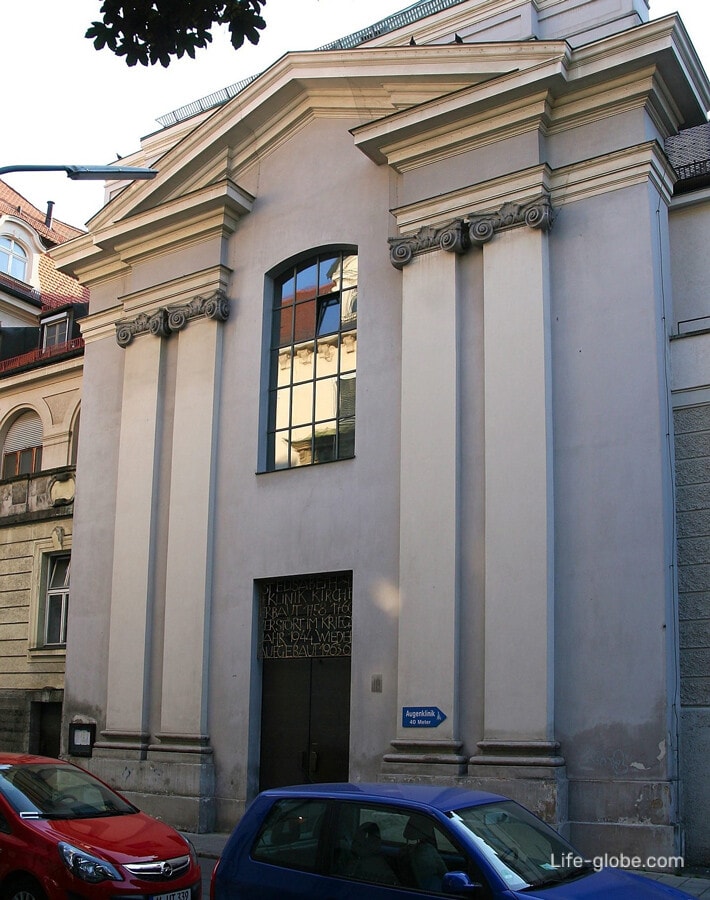
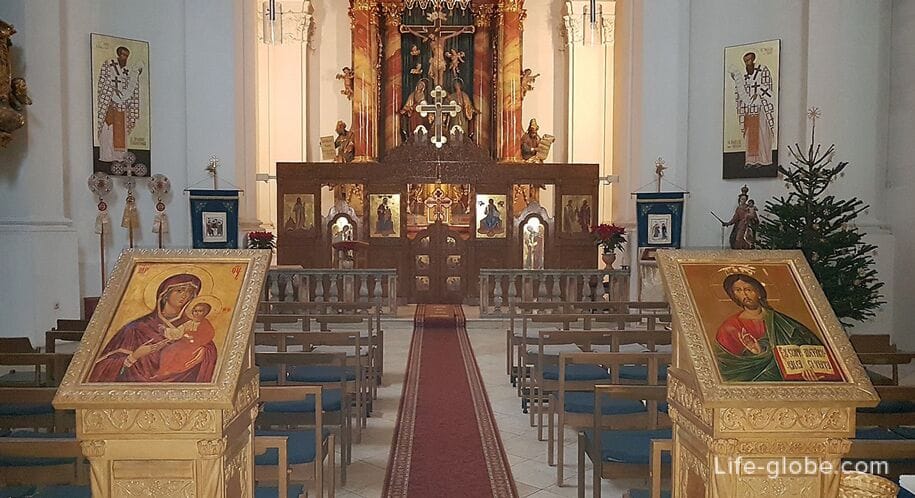
St Anthony's Church (Pfarrkirche St. Anton) - a Roman Catholic Church dedicated to Saint Anthony of Padua and Saint Lawrence Bindesysteme.
The Church was built in neo-Romanesque style in 1893-1895 according to the plans of the German architect Ludwig Markert as a new and larger sanctuary to the surrounding areas.
The Church is the body.
The address of the Church: Kapuzinerstrasse, 36 (Kapuzinerstraße).
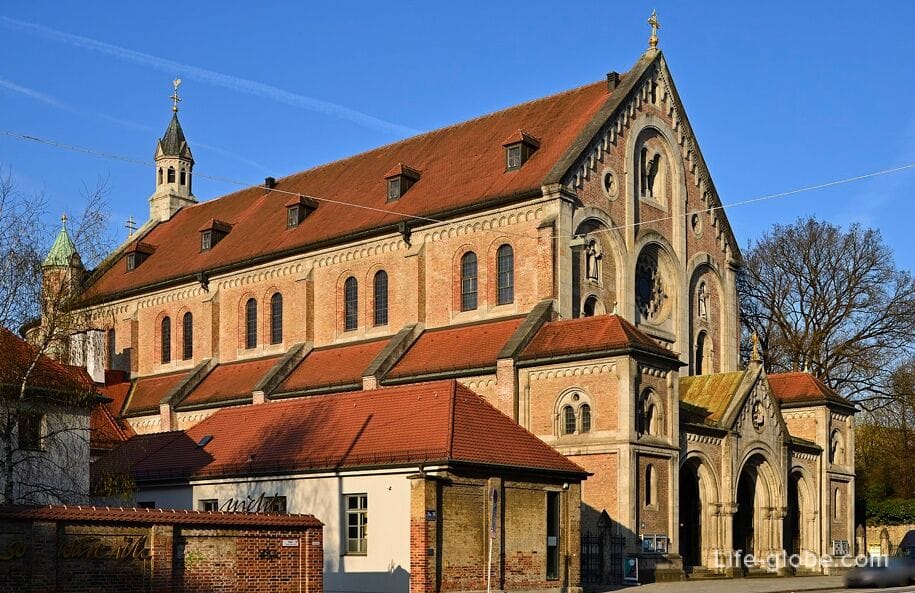
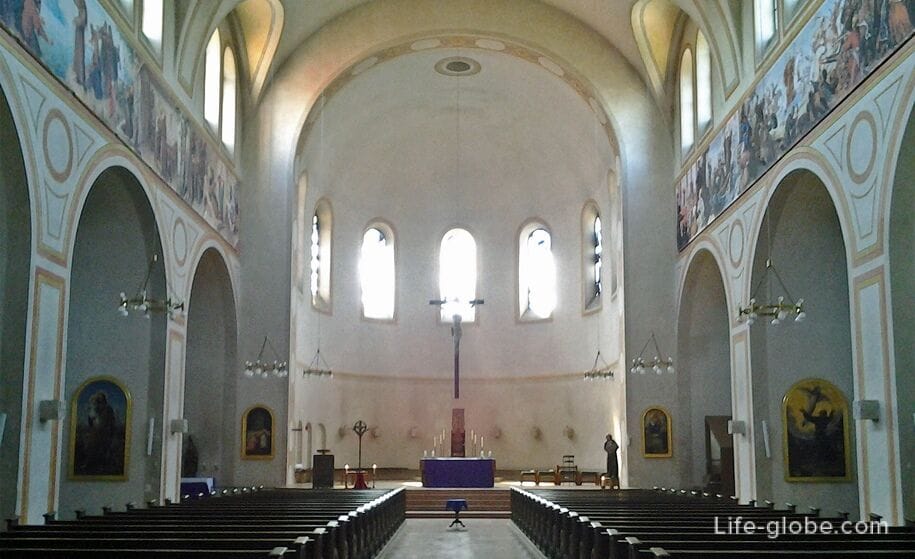
The German theater (Deutsches Theater München) was built in neo-Baroque style and opened on September 26, 1896.
The German theater is one of the largest theatre in Munich and probably one of the biggest and most famous guest of the theater with a full stage in Germany.
The programme of the theatre includes: musicals, dance performances, shows, dances, operettas and concerts by international artists.
The address of the theatre: Sandalistas, 13 (Schwanthalerstrasse). The website of the theatre: deutsches theater.
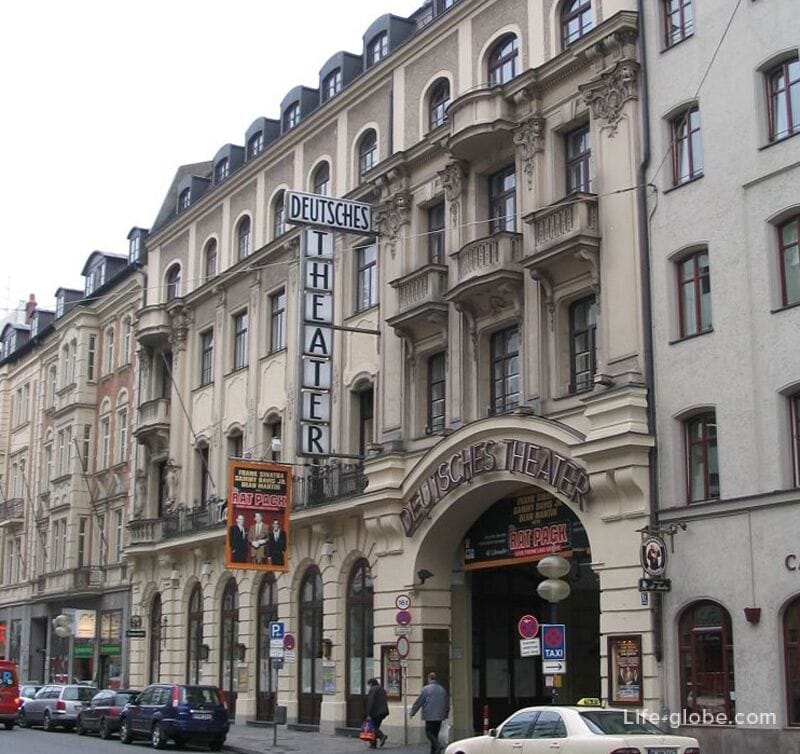
In addition in the heart of Munich-Isarvorstadt, on the site Viehhof (former territory of the barnyard), is the Munich national theatre (Münchner Volkstheater) which, in addition to the classics, young filmmakers put their work. The website of the theatre: muenchner-volkstheater.
The building of the "Lindwurm" (Lindwurmhof) is a monumental commercial building in the art Nouveau style built in the years 1910-1911.
The address of the building: Lindwurmstrasse, 88 (Lindwurmstraße).
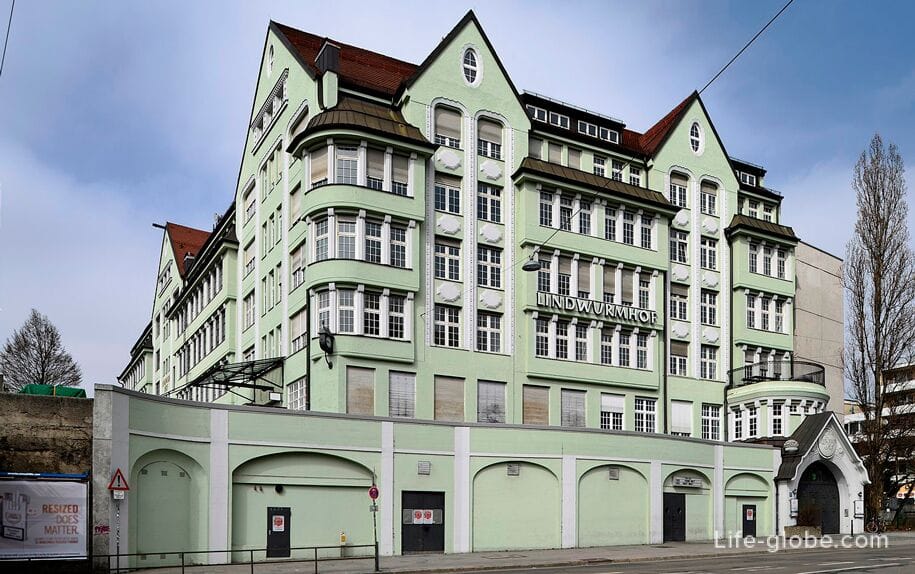
Street Hermann-Schmid-Strasse is a memorial that commemorates and is located on the site of the former Israeli hospitals and nursing homes, was founded in 1910 in a building at the address: Hermann-Schmid-Strasse 5 (Hermann-Schmid-Straße).
The memorial was designed by the German architect Horst Auer in 1993 and consists of an inclined steel plate with the inscription, which runs a crack. The memorial center is imbued with another steel plate having the form of a solid mesh.
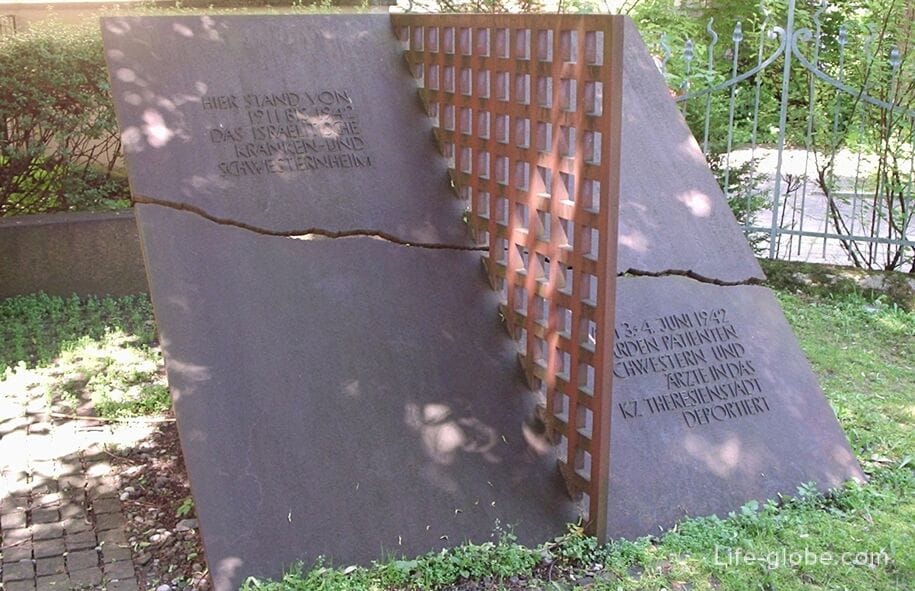
Old South cemetery (Alter Südfriedhof) - the oldest surviving Central cemetery in Munich, which was founded outside the city during the plague in 1563.
Today the cemetery is not being used for its intended purpose (for burials) and is under the protection of monuments and nature.
From 1788 to 1868 years the cemetery was the only and common place of burial of the dead from all over the city, so within it are the graves of several prominent Munich.
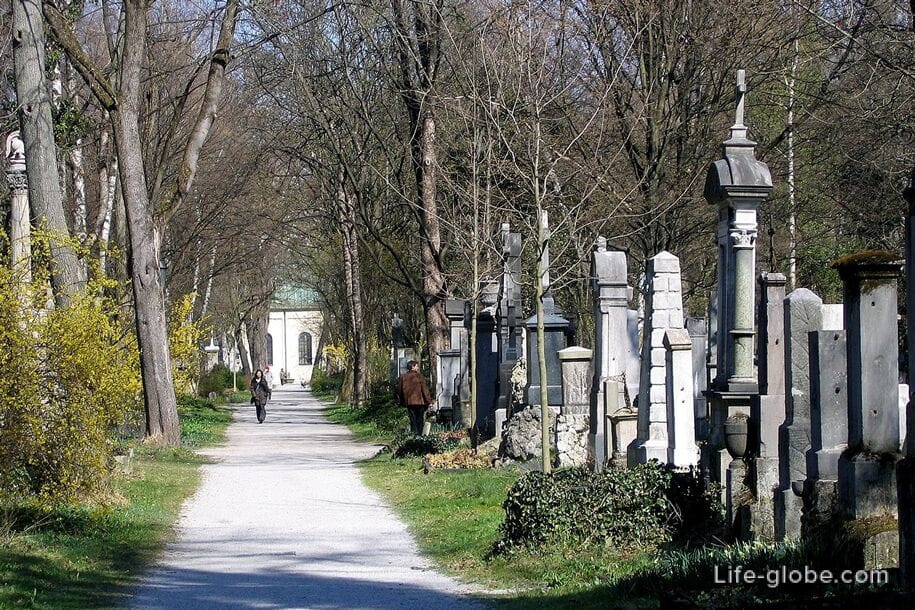
In the Northern part of the cemetery is the former cemetery St. Stephen's Church (Kirche St. Stephan) which is an early Baroque building, built in the years 1674-1677.


Within the cemetery is also located: Playground, historic monument, fountain and the Lapidarium (Lapidarium, the former sanctuary), which was restored and opened to the public on 8 December 2009.
Lapidarium reflects the history and architecture of the Old South cemetery, with the artistic and historical sculptures, busts, reliefs, coats of arms and bronze plaques, including the work of the sculptor Franz Jacob Chantler. The Lapidarium is always visible through the front grille, available during tours or special events.
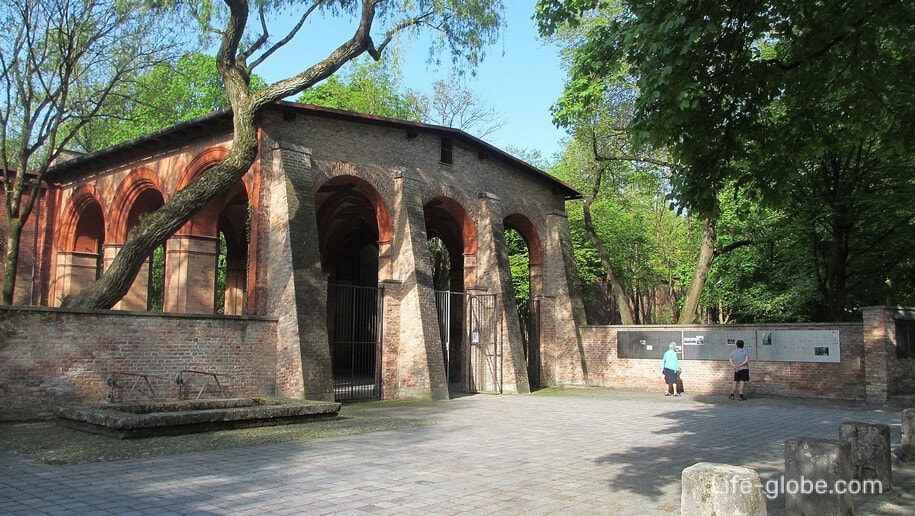

The Old Southern Cemetery is located between the Thalkirchnerstrasse and the Pestalozzistrasse.
The Isar river flowing through the city of Munich in the direction from South to North, separates the heart of Munich-Isarvorstadt from the Eastern shore of the river.
The bridges across the Isar connects the Western and Eastern banks of the river, including two Islands located on the river.
The heart of Munich-Isarvorstadt include South and a large part of the Museum island (Museumsinsel), which is German Museum of masterpieces of science and technology (Deutsches Museum), which represents more than 30 thousand exhibits from 50 fields of science and engineering, from astrophysics to cell biology.
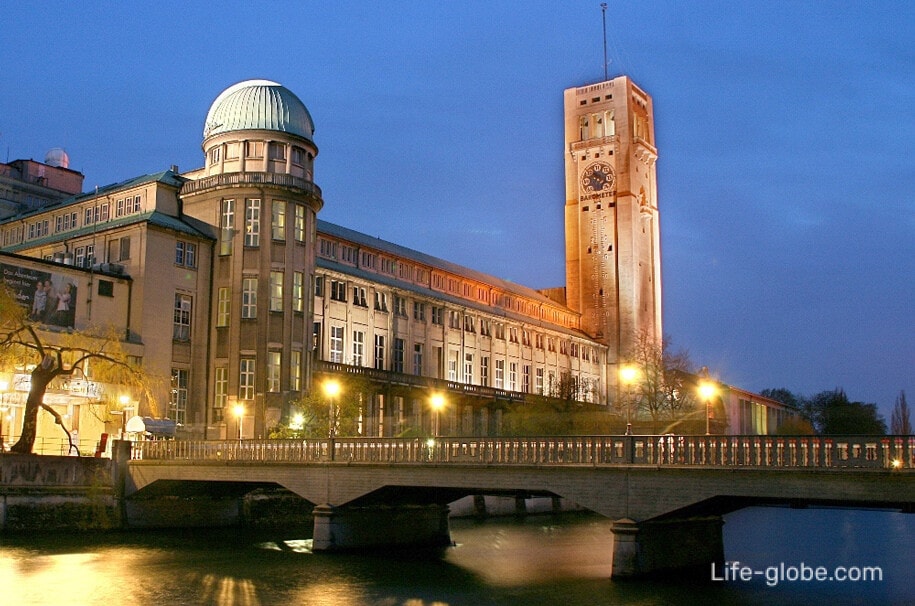
On the East side of the river there are places for swimming:
- just below the bridge Reichenbach (Reichenbachbrücke);
- in the area Flaucher (Flaucher) and to the bridge of Wittelsbach (Wittelsbacherbrücke). Read more about recreation on the river ISAR in Munich: swimming, barbeque, surfing, walking and...
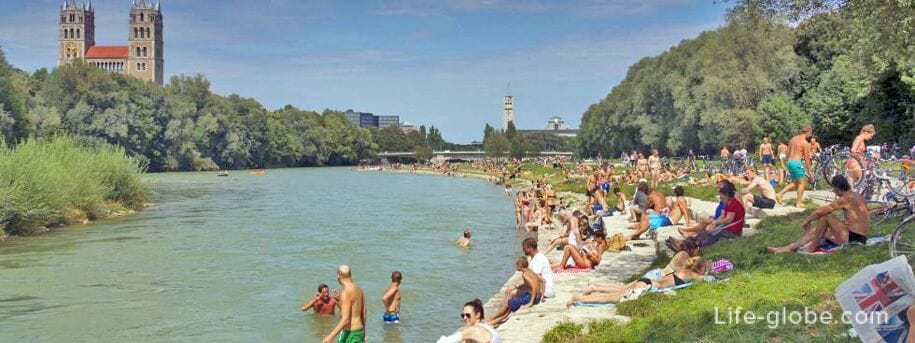
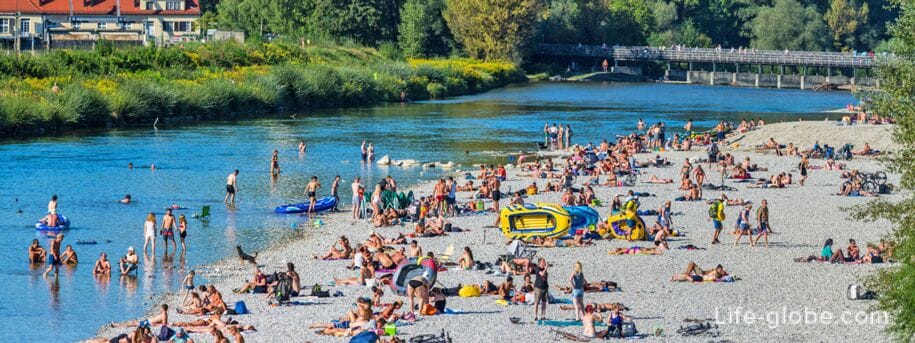
In any season you can stroll along the quays along the river and(or) numerous bridges over the river that connects the two banks of the river and the Islands situated on the ISAR.
Some of the bridges represent engineering monuments, while others are completely pedestrian. Read more about the bridges and embankments in the centre of Munich...

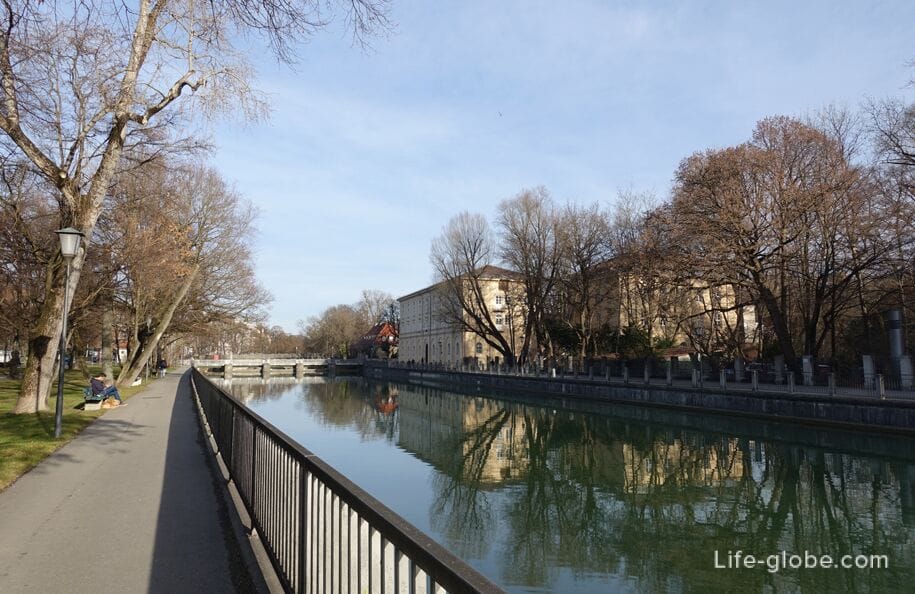
Views of the coast and the river ISAR as well as the Church of St. Maximilian is located on the West Bank of the river

District of Munich-Isarvorstadt borders the following areas: Maxvorstadt in the North, Altstadt-Lehel in the North-East, AU-Haidhausen in the East beyond the river ISAR, Untergiesing-Harlaching (Untergiesing-Harlaching) in the South-East over the ISAR, Sendling (Sendling) on the South and Schwanthalerhöhe (In) in the West.
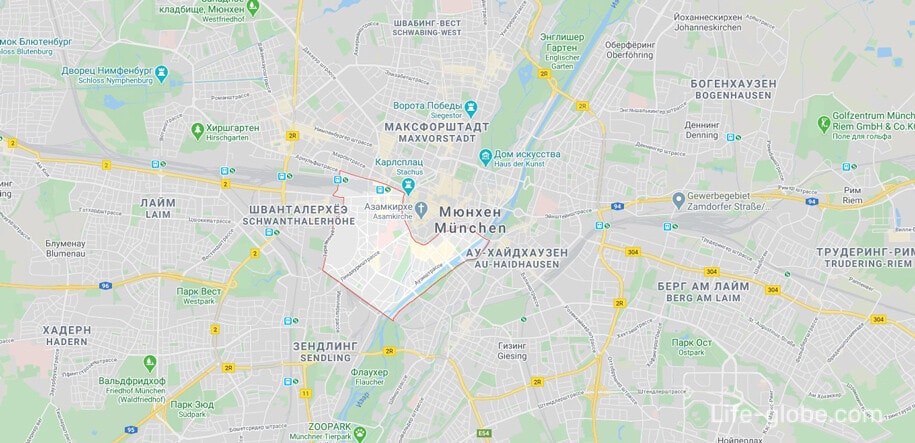
Hotel himmel und himmel family rooms, terrace, free Wi-Fi and private Parking.
In rooms: air conditioning, Seating area, flat-screen TV with cable channels, a Desk, a kitchen, a dining area and a bathroom with a Hairdryer, shower and free toiletries. Link to the hotel
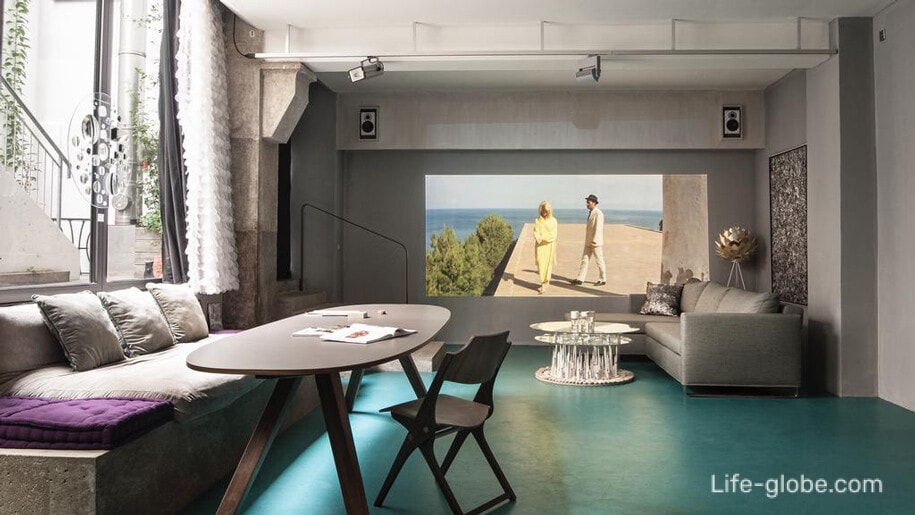
The hotel features a garden, bar, Parking and free Wi-Fi.
The rooms are decorated in warm colours and feature a safe and satellite TV. Extras include a Minibar and a bathroom with a Hairdryer, free toiletries and Slippers.
The room price includes Breakfast "buffet". Link to the hotel
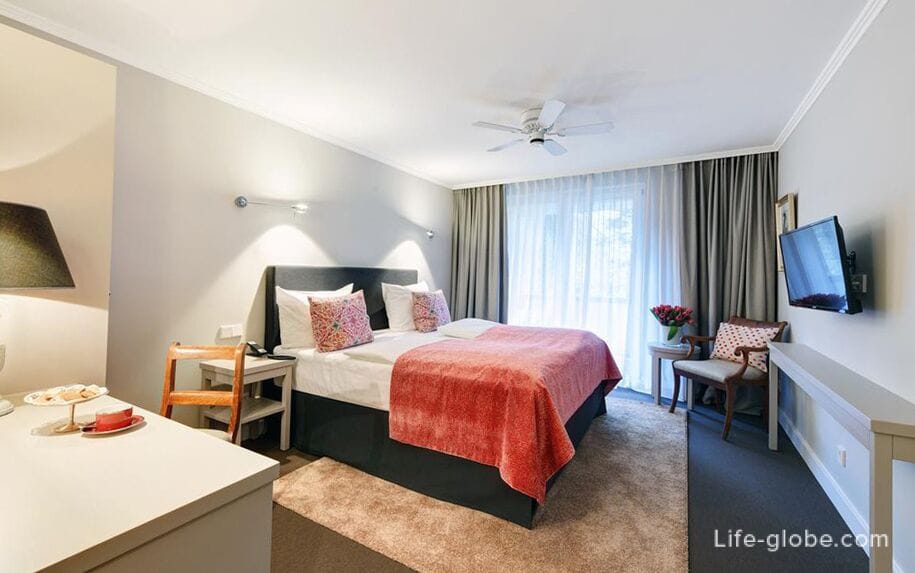
The Olympic hotel has heating, free Wi-Fi, - hour reception and Parking.
In the rooms: French Windows, cable TV, a Minibar and a bathroom with shower.
In the room price included Breakfast, which is served in a classic hall with a winter garden. Link to the hotel
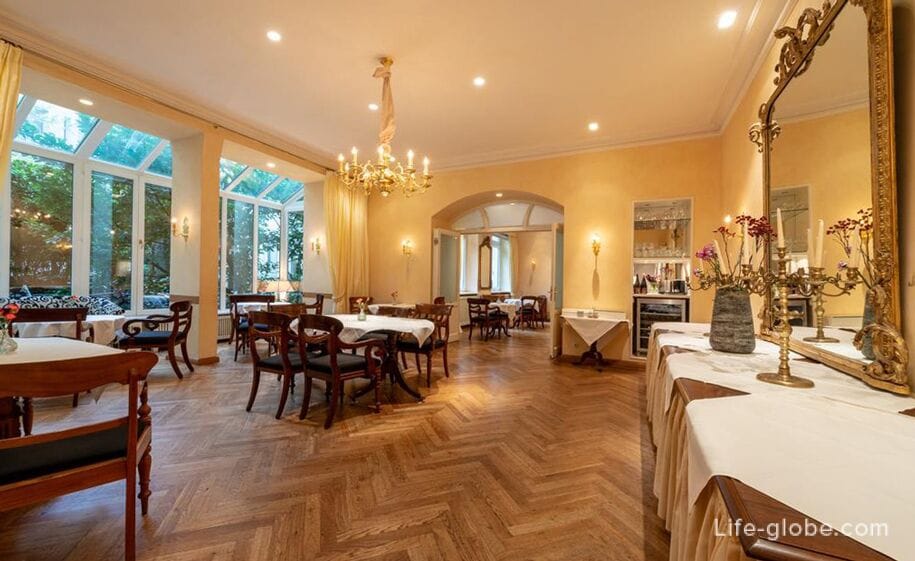
The design hotel Anna features a summer terrace, a restaurant, bar and large and Soundproofed rooms with free Wi-Fi.
In the rooms: professionally decorated, air conditioning, flat-screen TV and free Sky channels. The spacious bathrooms have heated towel rails and a Hairdryer. Link to the hotel

Luxury apartment 85m2 Residence Marienplatz with a restaurant, a lift, heating and air conditioning.
In the apartment: 2 bedrooms, kitchen with dishwasher and microwave, a flat-screen TV, Seating area and a bathroom with shower. The Windows offer views of the city. The link apartments
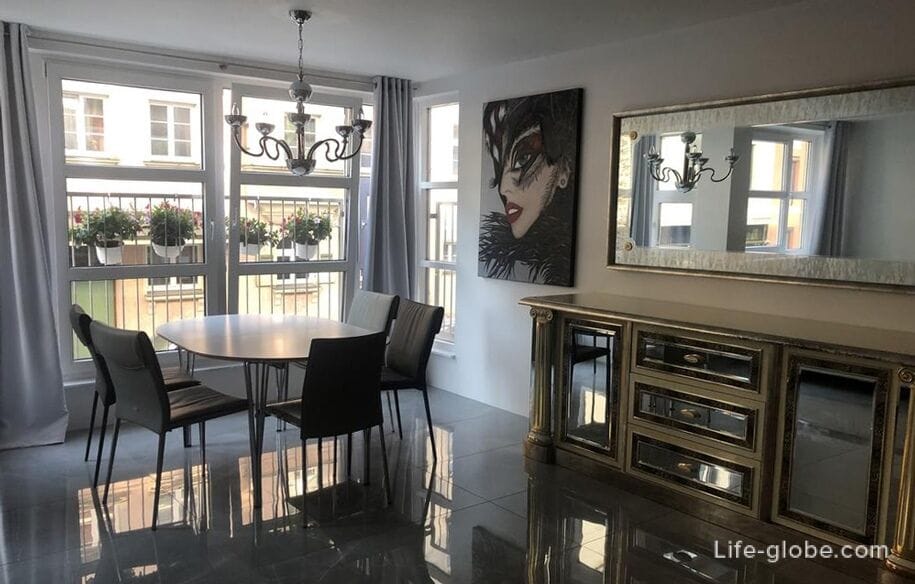
All accommodation in Munich, including in the heart of Munich-Isarvorstadt and in the city centre, you can view and book here